Why Is Bisexuality an Invisible Majority in the LGBTQ Community?
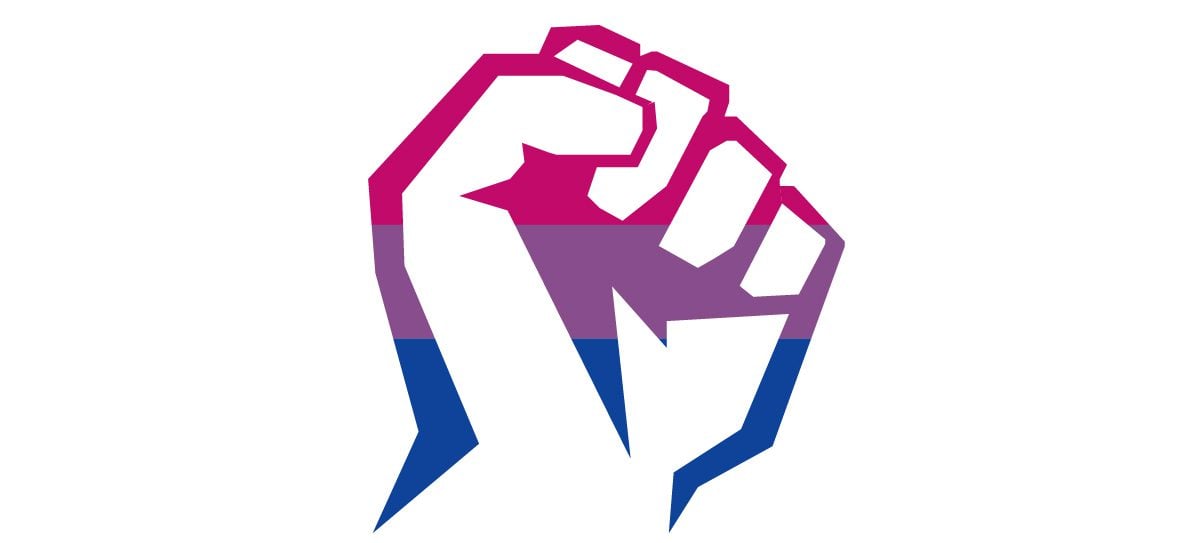
Illustration of a raised fist in bisexual pride colors. (Made by Shari Rose)
Updated September 2, 2024
January 5, 2023 ~ By Shari Rose
Bisexual+ people comprise more than 50% of the entire LGBTQ+ population in the U.S., but only a fraction serve at the country’s largest queer organizations
According to a 2022 national survey conducted by Gallup, more than half (57%) of LGBTQ+ Americans identify as bisexual+ (bi, pan, queer, or fluid). Despite representing a majority of the LGBTQ+ community, bi+ people are severely underrepresented in this country’s largest queer organizations and foundations. Furthermore, bisexual+ Americans face far higher rates of sexual assault, domestic violence, poverty, and homelessness than gay men and lesbians. Bi+ people are the invisible majority, and it’s far past time that major LGBTQ+ organizations work to help those who need it most.
- Lack of Bi+ Representation at LGBTQ+ Organizations
- Lack of Funding for Bisexual Organizations
- Sexual Assault & Domestic Violence Among Bi+ People
- Mood & Anxiety Disorders
- Poverty & Homelessness
- Biphobia, Monosexism in the LGBTQ+ Community
Lack of Bi+ Representation at LGBTQ+ Organizations
A 2016 study conducted by LGBTQ+ think tank Movement Advancement Project (MAP) surveyed 36 major LGBTQ+ organizations across the U.S. The group’s report included some of the largest organizations in the country, including Human Rights Campaign and Federation (HRC), PFLAG, The Trevor Project, GLAAD, Gay-Straight Alliance Network (GSA), Family Equality Council, Lambda Legal Defense, and others.
Of the 24 organizations that participated in sharing the sexual orientations of their staff, MAP discovered that only 7% of all organization staff identify as bisexual+. In fact, 10% of the staff members at these surveyed foundations identify as straight. Meaning, there are more heterosexual than bisexual+ staff who work at these major LGBTQ+ organizations. Transgender people, who may identify as any sexual orientation, account for 11% of staff members surveyed in this study.
Of the 29 queer organizations that reported the sexual orientations of their board members, bisexual+ representation among these decision-makers is even more abysmal. MAP found that of the board members:
- 2% identify as bisexual
- 74% identify as gay or lesbian
- 10% identify as straight
- 14% identify as another orientation

Only 2% of board members at the nation’s largest LGBTQ organizations identify as bisexual. (Source)
How is it that the largest population in the queer community has the smallest amount of representation among the most powerful LGBTQ+ organizations in the U.S.? More than half of LGBTQ+ Americans identify as bisexual, so why does representation within these foundations fail to address this invisible majority?
Lack of Funding for Bisexual Organizations
The marginalization of bisexual+ Americans doesn’t end with lack of representation at LGBTQ+ groups and foundations. The failure of adequate funding for bisexual-focused organizations is also at the heart of the issue.
The 2019-2020 Resource Tracking Report, compiled by Funders For LGBTQ Issues, tracks financial donations and grants that LGBTQ+ organizations receive from other foundations, corporations, and funding institutions throughout the U.S. It counted domestic grant dollars received by each sexual orientation or gender identity in the LGBTQ+ community and found that in 2020 alone:
- Transgender organizations received the most at $30,996,642
- Organizations for gay men received $9,386,675
- Lesbian organizations received $3,737,266
- Bisexual+ organizations received just $58,333
Unfortunately, it’s a widely held belief in the LGBTQ+ community that bi+ people are “straight-passing,” and simply do not need the same support that gay men, lesbians, and transgender people need. But the opposite could not be more true. Bisexual+ women and men have the highest rates of sexual assault and domestic violence, are more likely to be homeless than their gay counterparts, and face higher rates of mental health disorders.
- More stories: Why Do Bisexual+ Women Face High Rates of Sexual Assault?
- More stories: Corporations Embolden Hate When They Cave to Anti-LGBTQ Fury
- More stories: Right-Wing Attacks on No-Fault Divorce – A Dangerous Reality for Women
Sexual Assault & Domestic Violence Among Bi+ People
According to a massive 2010 study conducted by the CDC’s National Intimate Partner and Sexual Violence Survey, nearly half of all bisexual+ women in the U.S. (46%) have been raped at least once in their lifetimes. The same study found that 13% of lesbians and 17% of heterosexual women have been raped at least once in their lifetimes. There is an epidemic of sexual assault that bi+ women silently face every day, so why do some of the largest LGBTQ+ organizations have so little to say about it?
The only other group in the community who faces similarly horrific statistics regarding sexual violence are transgender people, where an estimated 47% of all transgender people, regardless of sexual orientation, have been raped at some point in their lifetimes.
Furthermore, the study found that 37% of bisexual+ men have experienced rape, physical violence, and/or stalking by an intimate partner at least once in their lifetimes. This number is higher than the other two groups included in this survey, gay men (26%) and heterosexual men (29%).
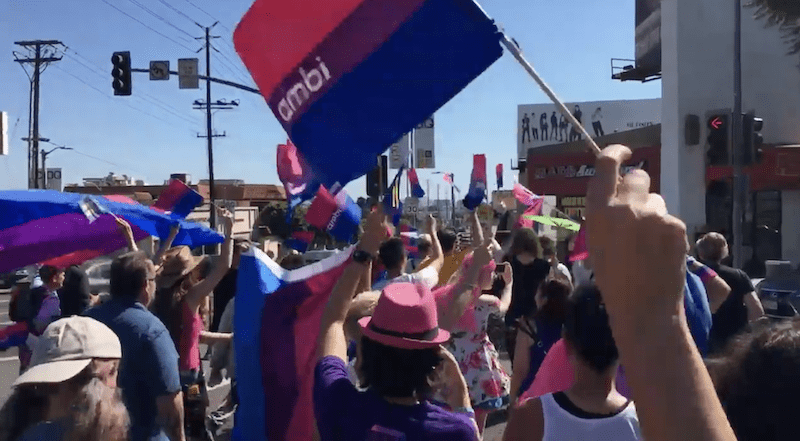
Screenshot of a Bi+ Pride event in West Hollywood that took place in September 2018. (Source)
These statistics are horrific for all groups examined above, and sexual assault prevention should remain an important focus for LGBTQ+ organizations. But to have the bisexual+ population so disproportionately affected by such heinous crimes, and so little funding available to specifically support bi+ victims of rape and sexual violence is a tragedy all its own.
Mood & Anxiety Disorders
Even though bi and pan people comprise the largest identity in the LGBTQ+ community, the group is greatly underrepresented in academic research regarding mental health and mood disorders. However, research that does exist shows that bisexual+ men and women are more likely to experience mood and anxiety disorders at higher rates than gay and straight people.
According to a 2020 report from the American Psychiatric Association, lifetime rates of mood disorders like depression affect:
- 59% of bisexual+ women
- 44% of lesbians
- 30% of heterosexual women
When examining rates of anxiety disorders, the American Psychiatric Association uncovered similar results. It found that lifetime rates of anxiety disorders affect 58% of bisexual+ women, 41% of lesbians, and 31% of straight women.
The report also found that bi+ men are affected by mood and anxiety rates at slightly lower rates than gay men:
- Lifetime rates of mood disorders affect 37% of bisexual+ men, 42% of gay men, and 20% of straight men.
- Lifetime rates of anxiety disorders affect 39% of bi+ men, 41% of gay men, and 19% of heterosexual men.
Most seriously, however, are the rates of suicidal ideation in the bisexual+ community. The report found that 45% of bi+ women and 34% of bi+ men reported thoughts of suicide in the past year, compared with 29% of lesbians and 25% of gay men.
Poverty & Homelessness
Similar to the numbers involving sexual violence, a 2019 UCLA study that examined poverty rates in the LGBTQ+ community found that bisexual+ women and transgender people have the highest rates of poverty in the U.S., tied at 29.4%. Bi+ men experience the second-highest rate of poverty at 19.4%.
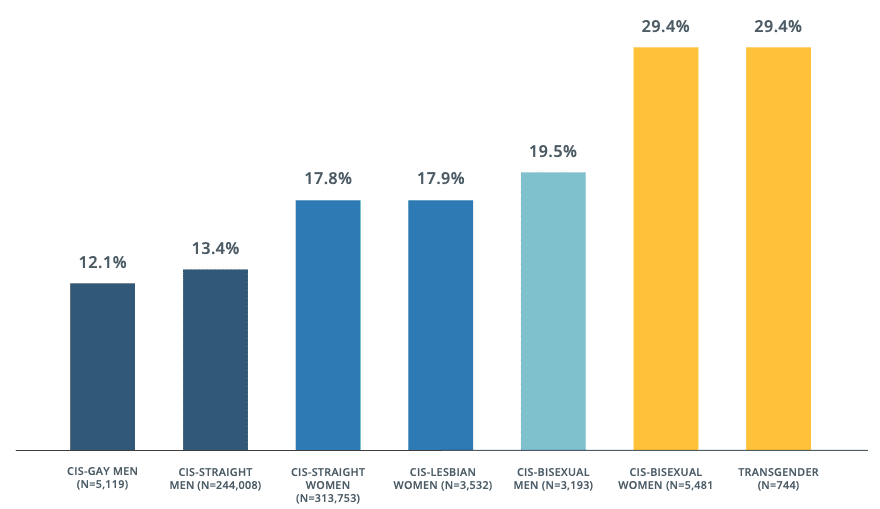
Bisexual+ women and transgender people have the highest rates of poverty at 29.4% each. (Source)
Furthermore, a 2016 survey conducted by the Street Outreach Program, a branch of the Family and Youth Services Bureau that provides services and resources to homeless youth across the U.S., compiled a study of 873 young people experiencing homelessness in 11 different cities. It found that 20% of homeless young people identified as bisexual+, compared with 10% who identified as gay or lesbian and 6.8% who identified as transgender.
- More stories: How Lani Ka’ahumanu Propelled Bisexual Visibility in the U.S.
- More stories: Brenda Howard: Mother of Pride & Bisexual+ Rights Activist
- More stories: Amelio Robles Ávila: Transgender Fighter in Mexican Revolution
Biphobia, Monosexism in the LGBTQ+ Community
Why does the bisexual+ community face higher rates of sexual assault, domestic violence, mood disorders, poverty, and homelessness than gay men and lesbians? Though far less research has been conducted on the bi population than on their gay counterparts, researchers point to the prevalence of biphobia in both straight and gay communities, bisexual erasure and monosexism, and minority stress.
Because both gay and straight people benefit from monosexism, or the idea that a person can only be gay or straight, the bisexual+ identity is rendered impossible by these standards. Within this reductive frame of thinking, the sexual orientation of a bi+ person is determined by the gender of their current partner. They can only be gay or straight, there is no possibility of attraction to multiple genders. But that’s not how bisexuality works. The bi+ identity disrupts the fixed categorization of sexual identity among straight and gay people by suggesting there are other options. And that perhaps monosexuality, for many, is not actually the norm at all.
To combat the threat that bisexuality poses to these fixed categories of human sexual behavior, bisexual erasure seeks to re-label, ignore, and vilify the bi identity. Those engaging in bi erasure will argue that a bisexual+ person is simply indecisive, that they’re “really” gay or straight, or that bisexuality simply doesn’t exist at all.
This discrimination creates stigma around the bi+ identity and contributes to negative mental health outcomes for bisexual+ people. The statistics shared in this piece help quantify the negative effects that daily biphobia, bi-erasure, and monosexism have on the largest population in the LGBTQ+ community.
That said, no one is that all gay men, lesbians, and straight people harbor biphobic beliefs. It is certainly true that many gay and straight people are incredibly accepting of the bi+ friends, family, and acquaintances in their lives. But biphobia, particularly in the LGBTQ+ community, is a well-documented phenomenon, and I know every bi+ person reading this knows exactly what biphobia looks like, and can point to specific biphobic circumstances they’ve experienced in their lives. I can certainly name a few from the past few years.
Something must change. LGBTQ+ organizations must step up and recognize that they are failing to serve a large swath of the queer community. These statistics show that the B in LGBT requires different forms of outreach and support, and that bisexual-focused groups need so much more financial support than that paltry $60k in 2020.
Please consider donating to these amazing bi+ organizations who do the hard work everyday to build community, spread visibility, and advocate for the health and wellness of bi, pan, fluid, queer people across the U.S.

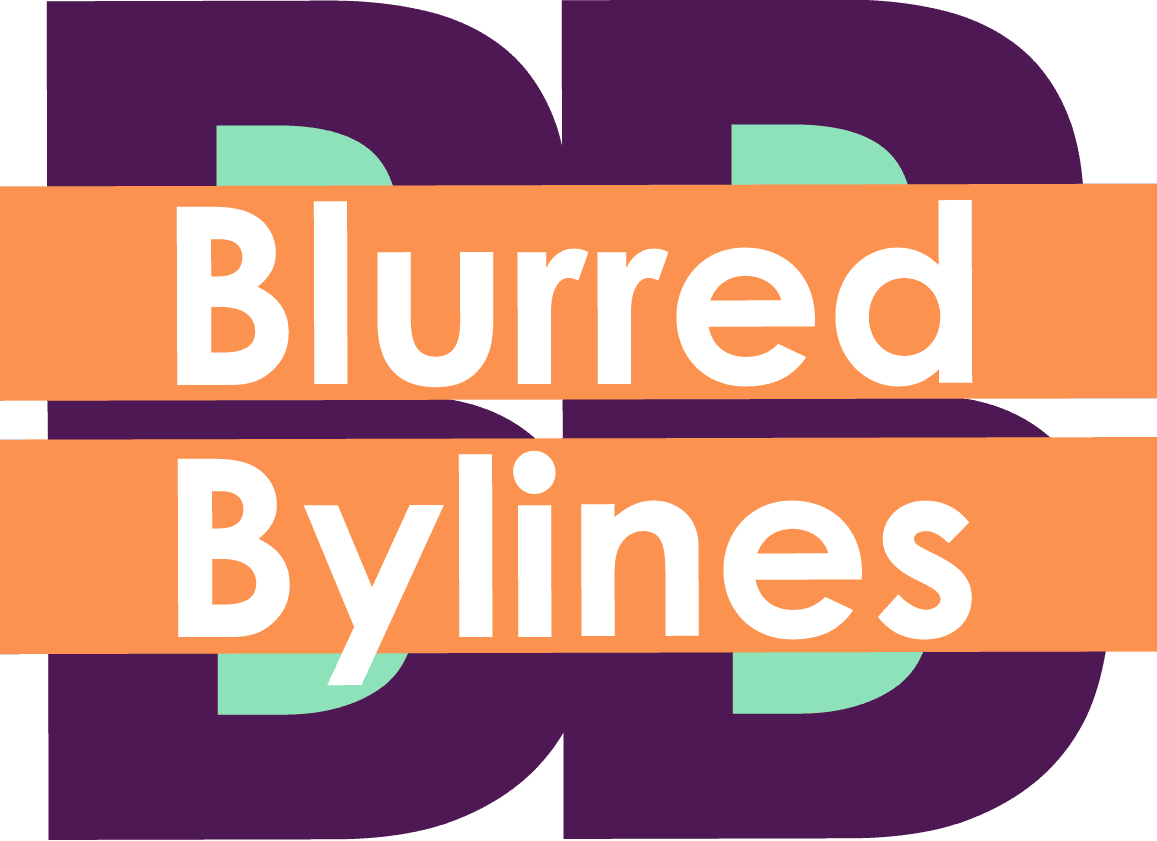
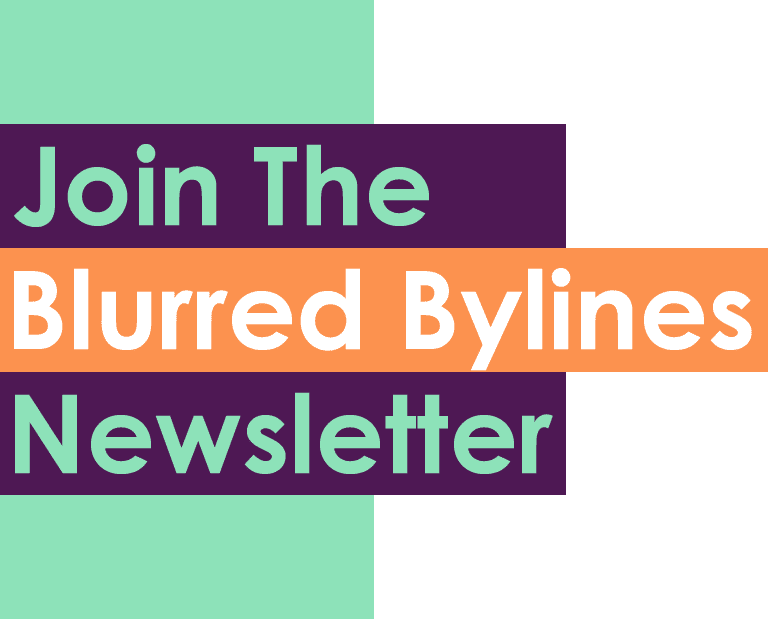

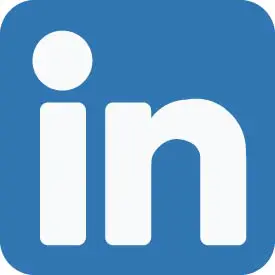

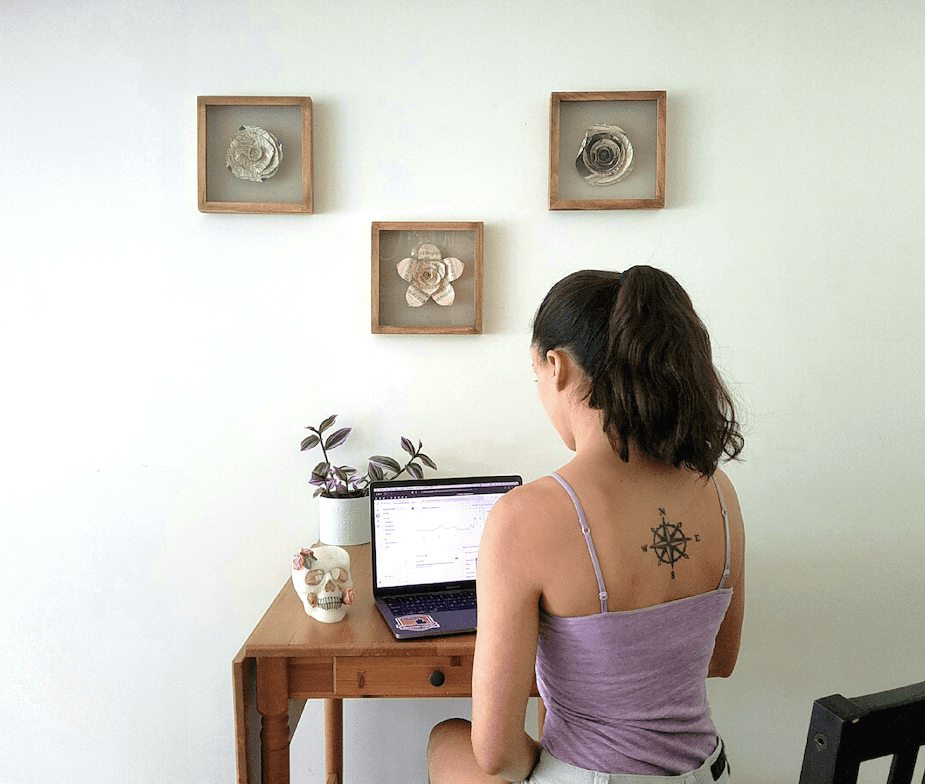
0 Comments